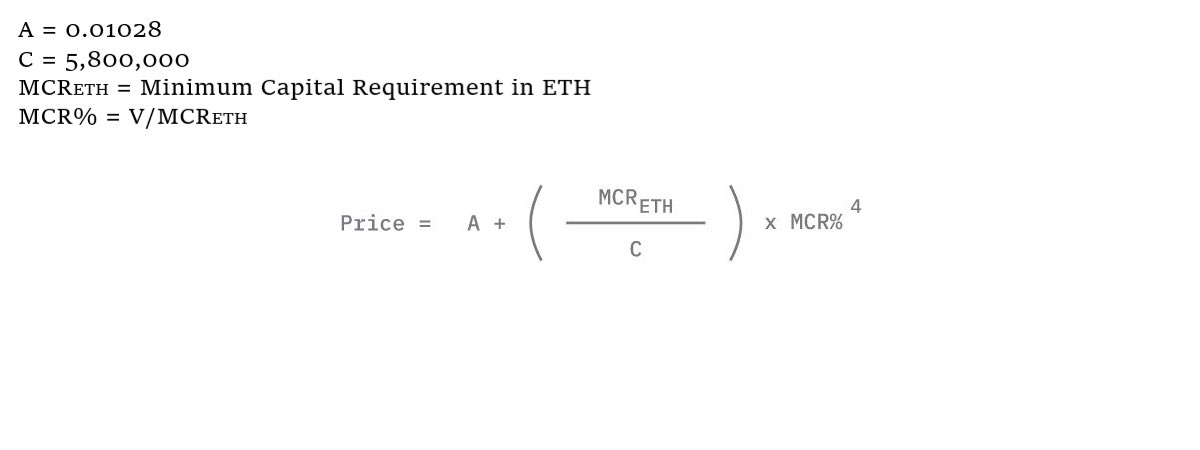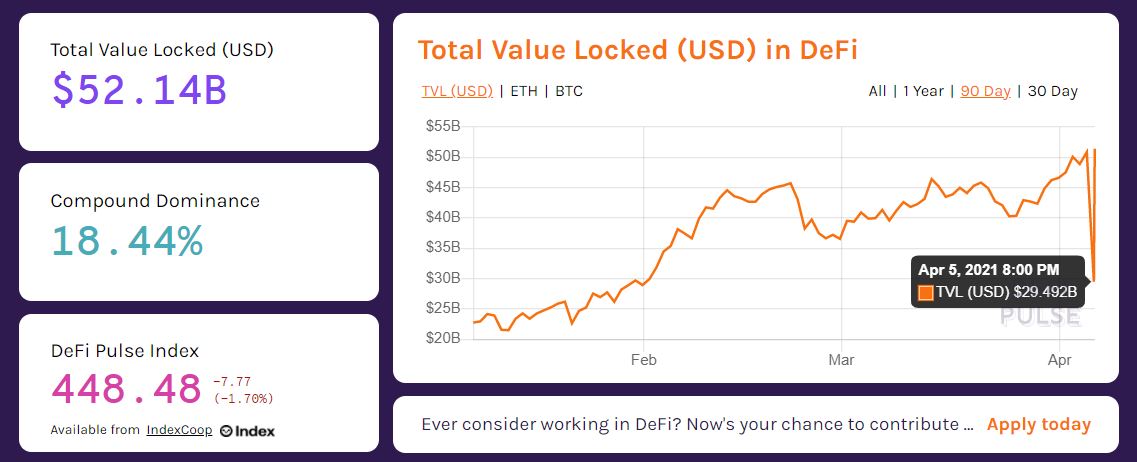
Head of Product & Risk | @NexusMutualDAO
Advisor | @0xflatmoney
@safe Guardian 🔰
Researching risk in DeFi 🔎
How to get URL link on X (Twitter) App


https://twitter.com/BraveDeFi/status/1380218072439652353


 Funds flow into the capital pool when cover is purchased & when ETH is swapped for $NXM.
Funds flow into the capital pool when cover is purchased & when ETH is swapped for $NXM.
 The graphic in the previous tweet is from the latest post Nexus put up on their Medium about the bonding curve. More on that here: (medium.com/nexus-mutual/o…)
The graphic in the previous tweet is from the latest post Nexus put up on their Medium about the bonding curve. More on that here: (medium.com/nexus-mutual/o…)
 Nexus Mutual is a discretionary mutual, which means the mutual does not offer traditional insurance; instead, the mutual offers cover products.
Nexus Mutual is a discretionary mutual, which means the mutual does not offer traditional insurance; instead, the mutual offers cover products.